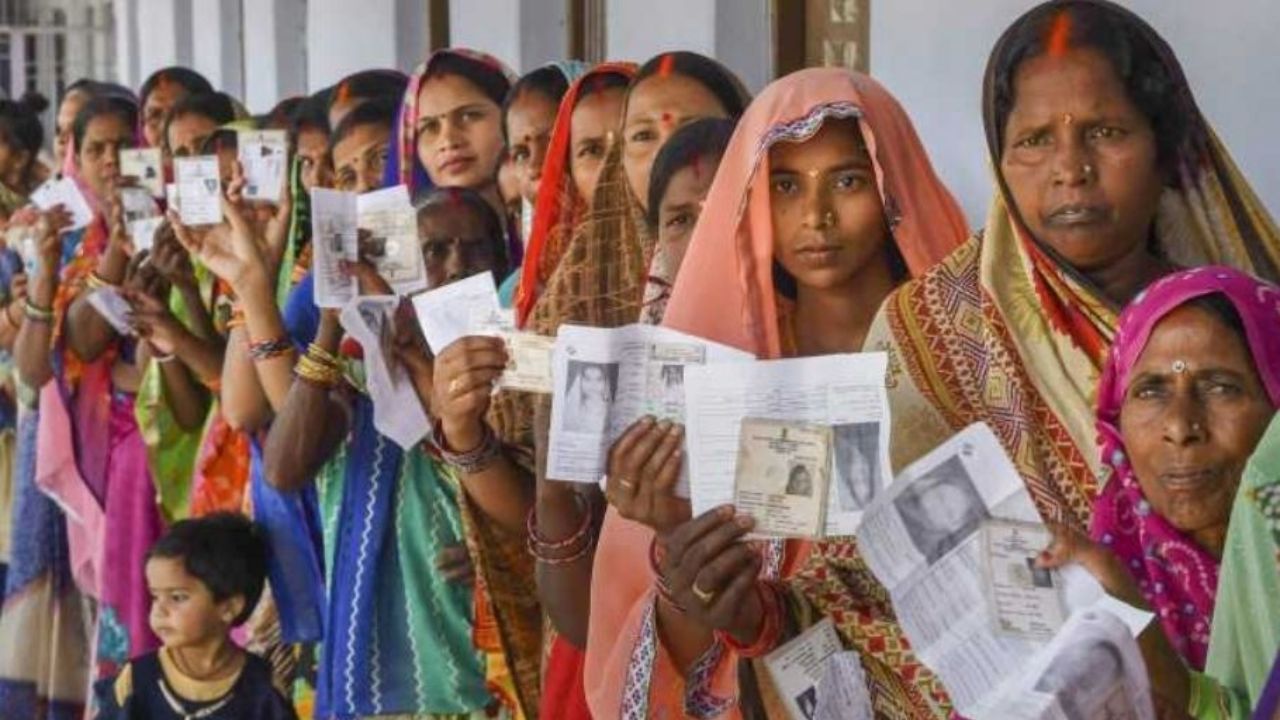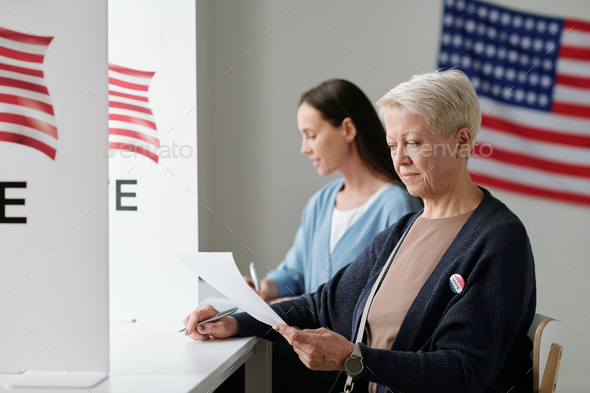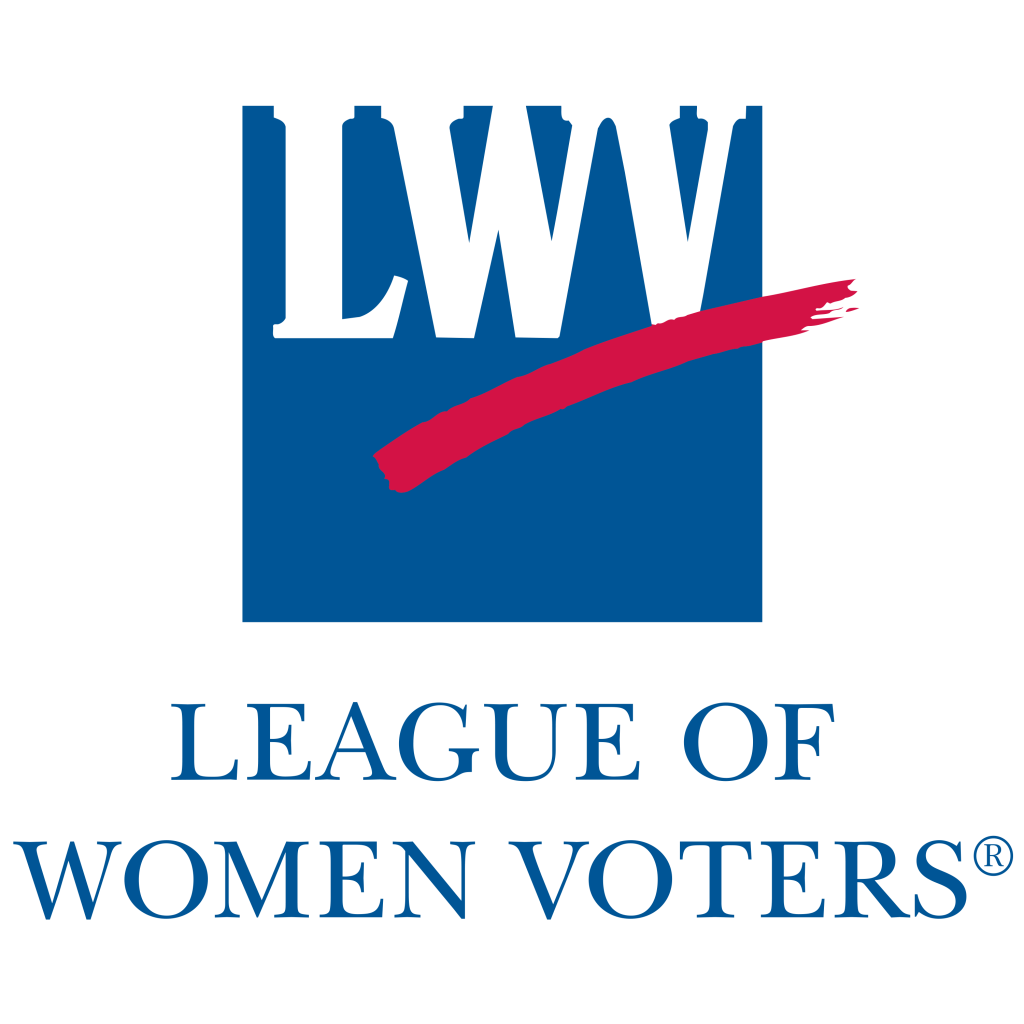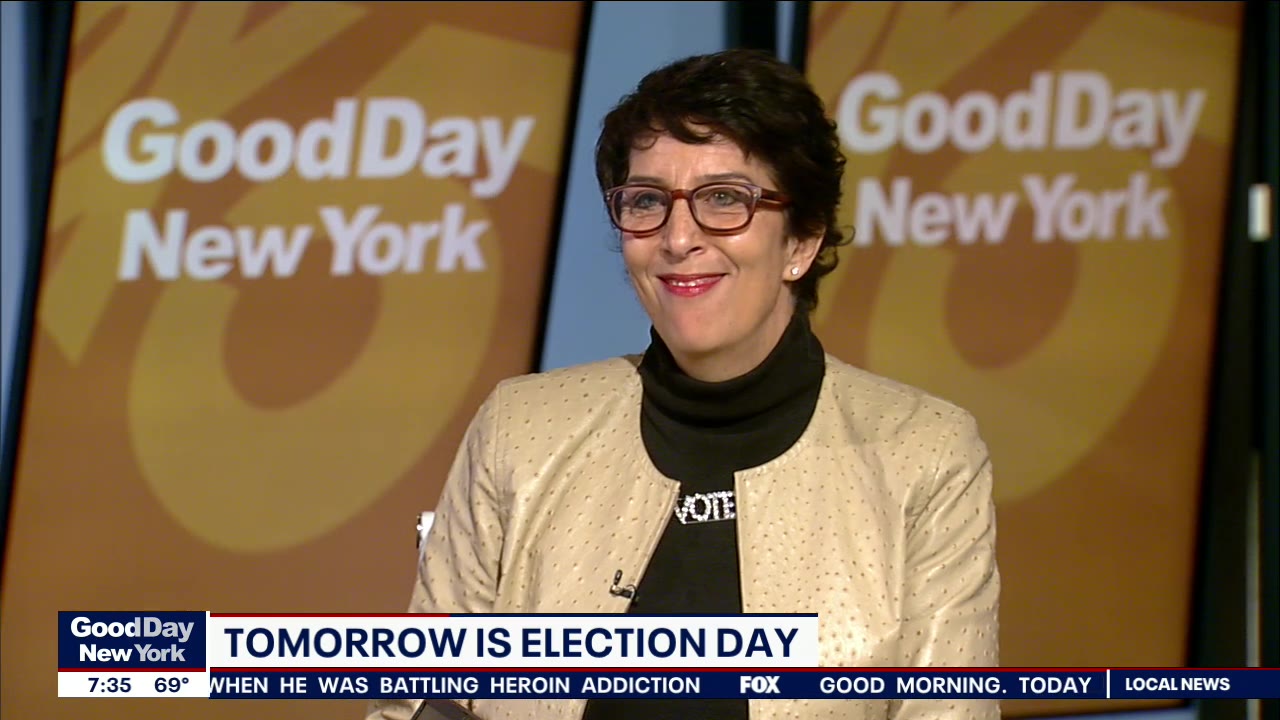
As the backbone of American democracy, women voters play a crucial role in shaping the country's future. The League of Women Voters has released a comprehensive report, "Women Voters by the Numbers," which provides an in-depth analysis of the trends and statistics surrounding women's participation in the electoral process. In this article, we will delve into the key findings of the report and explore the significance of women's voices in the voting booth.
Demographic Breakdown: Who Are Women Voters?
The report highlights the diversity of women voters, with a breakdown of demographics that defy stereotypes. According to the data, women voters are:
52% of the total voting population
55% of voters in the 25-34 age bracket
53% of voters in the 35-44 age bracket
51% of voters in the 45-54 age bracket
47% of voters in the 55-64 age bracket
44% of voters in the 65 and older age bracket
These numbers demonstrate that women voters are a significant force across various age groups, with a strong presence in the workforce and in their communities.
Voting Patterns: What Issues Drive Women Voters?
The report also examines the issues that drive women voters to the polls. The top concerns among women voters include:
Healthcare: 71% of women voters consider healthcare a top priority
Economy and Jobs: 64% of women voters prioritize economic issues
Education: 56% of women voters consider education a key issue
Environment: 46% of women voters prioritize environmental concerns
These issues are not only important to women voters but also have a significant impact on their daily lives, making them a driving force behind their voting decisions.
Barriers to Voting: Overcoming Obstacles
Despite the growing number of women voters, there are still barriers that prevent many from exercising their right to vote. The report identifies the following obstacles:
Voter ID laws: 24% of women voters reported difficulty obtaining necessary ID
Long lines and wait times: 17% of women voters experienced long wait times at polling stations
Lack of childcare: 14% of women voters cited lack of childcare as a barrier to voting
To overcome these obstacles, it is essential to implement voter-friendly policies, such as online registration, early voting, and voter ID laws that do not disenfranchise marginalized communities.
Conclusion: Amplifying Women's Voices
The "Women Voters by the Numbers" report provides a comprehensive look at the trends and statistics surrounding women's participation in the electoral process. As we move forward, it is crucial to amplify women's voices and address the barriers that prevent them from exercising their right to vote. By doing so, we can ensure that women voters continue to play a vital role in shaping the future of our country.
To learn more about the report and its findings, visit the
League of Women Voters website. Together, we can empower women's voices and create a more inclusive and equitable democracy for all.
Key Takeaways:
Women voters are a significant force in the electoral process, making up 52% of the total voting population
Healthcare, economy and jobs, education, and environment are top concerns among women voters
Barriers such as voter ID laws, long lines, and lack of childcare prevent many women from voting
Amplifying women's voices and addressing these barriers is crucial to creating a more inclusive democracy
By understanding the numbers behind women voters, we can work towards a future where every voice is heard and every vote counts.









